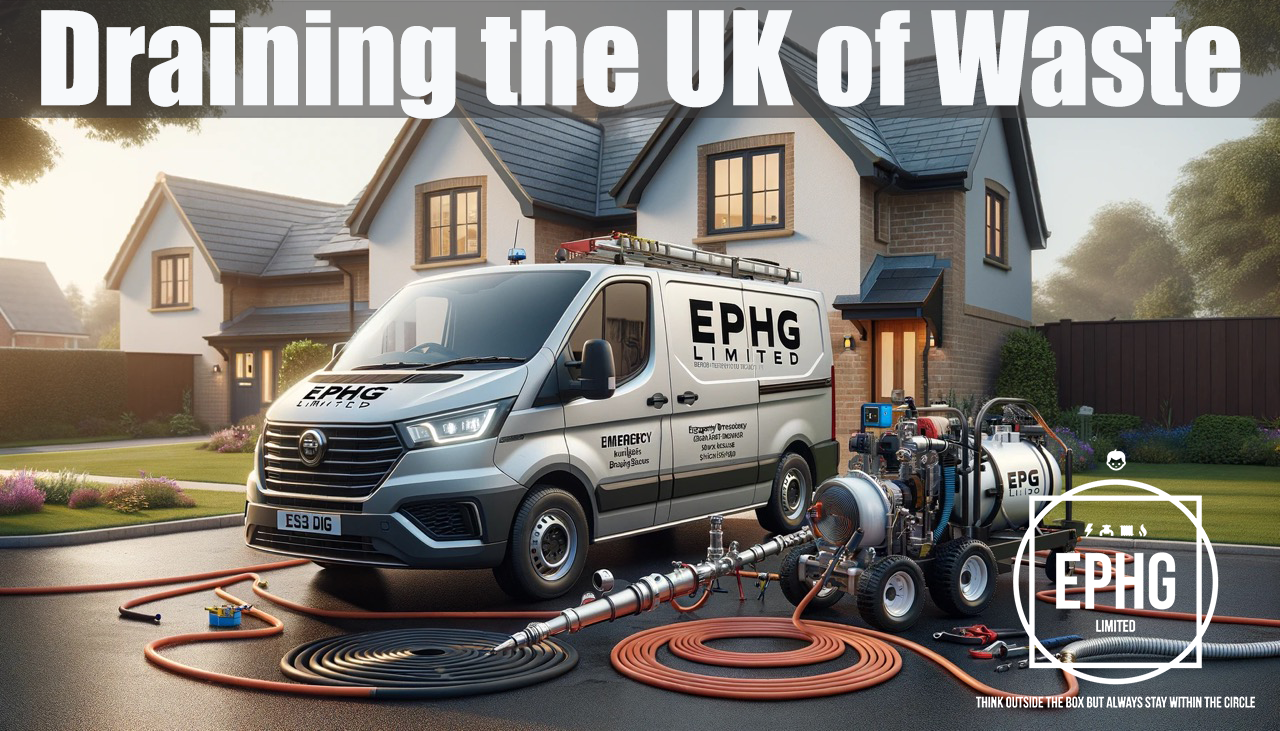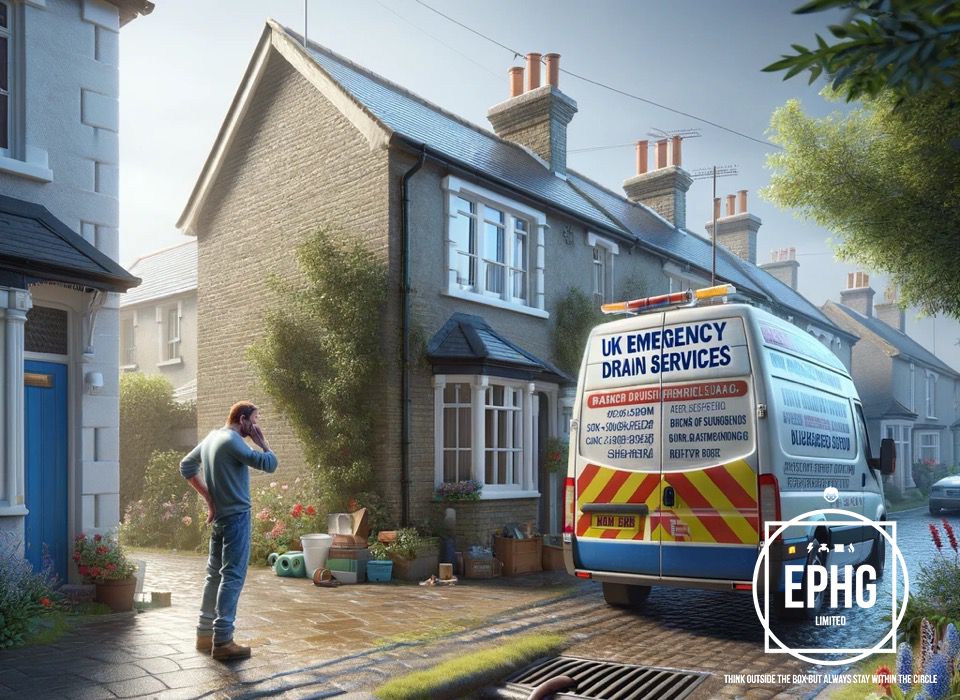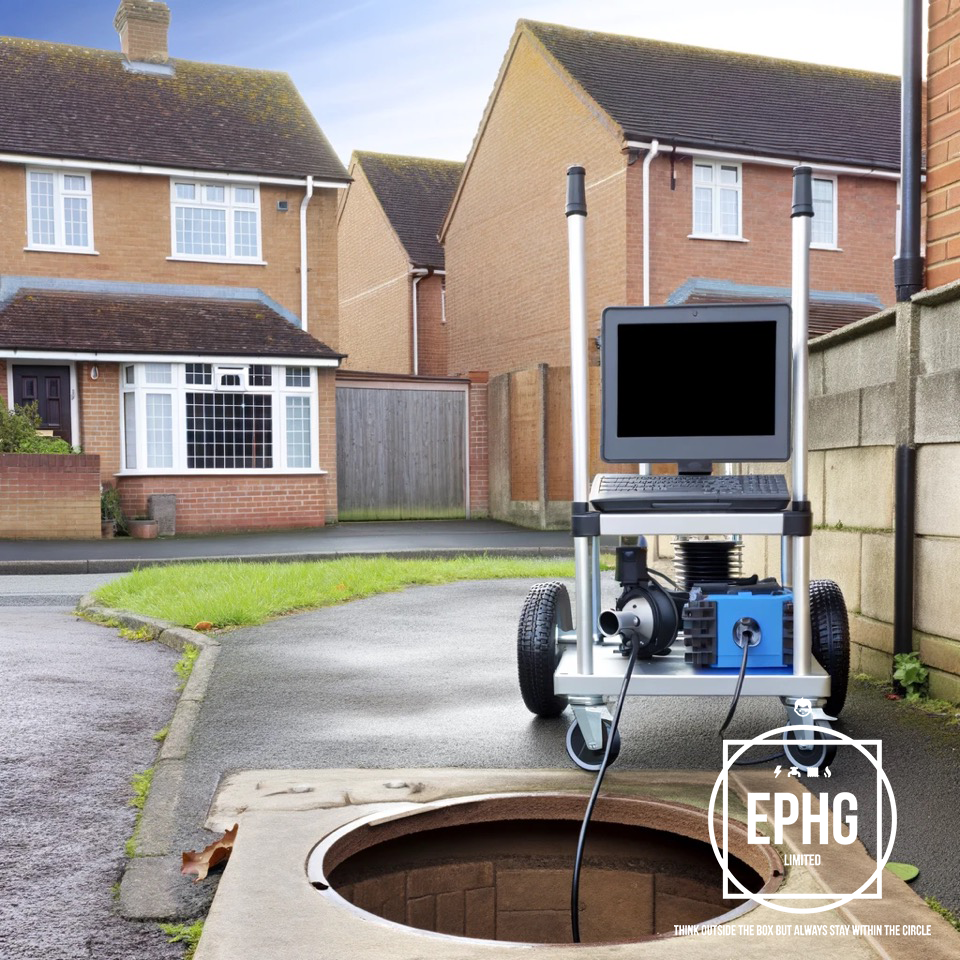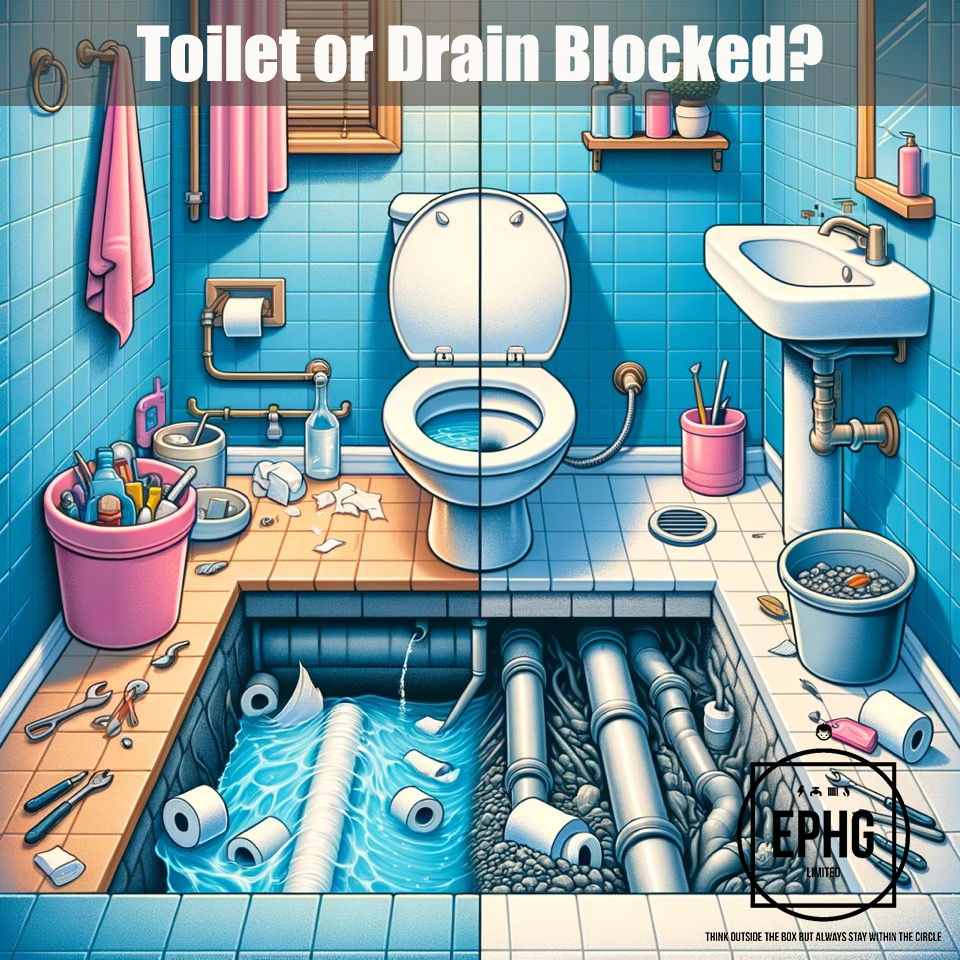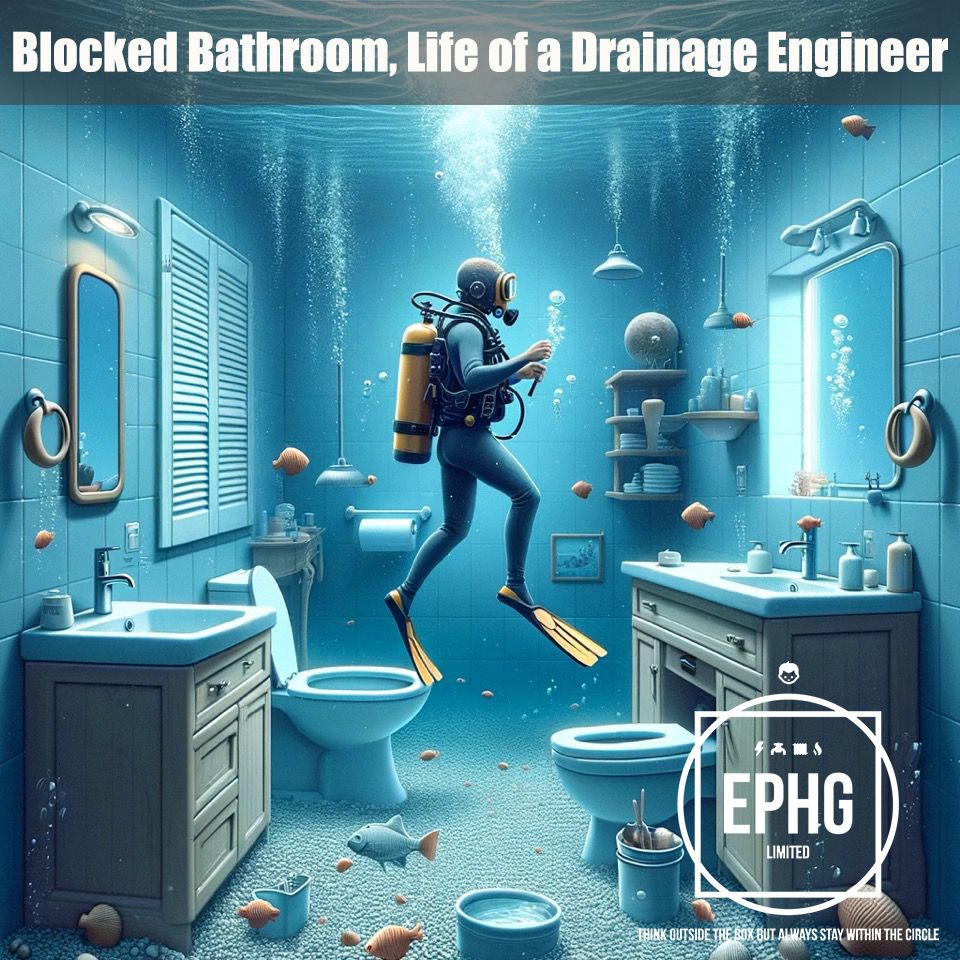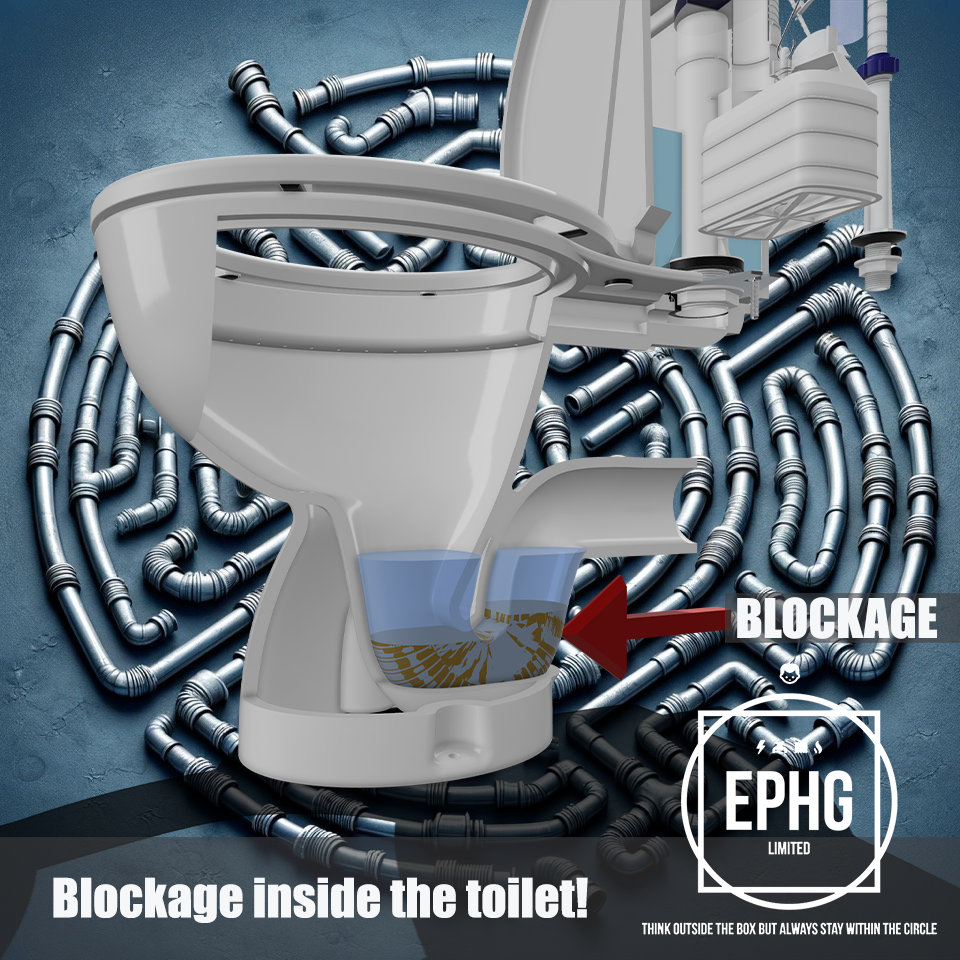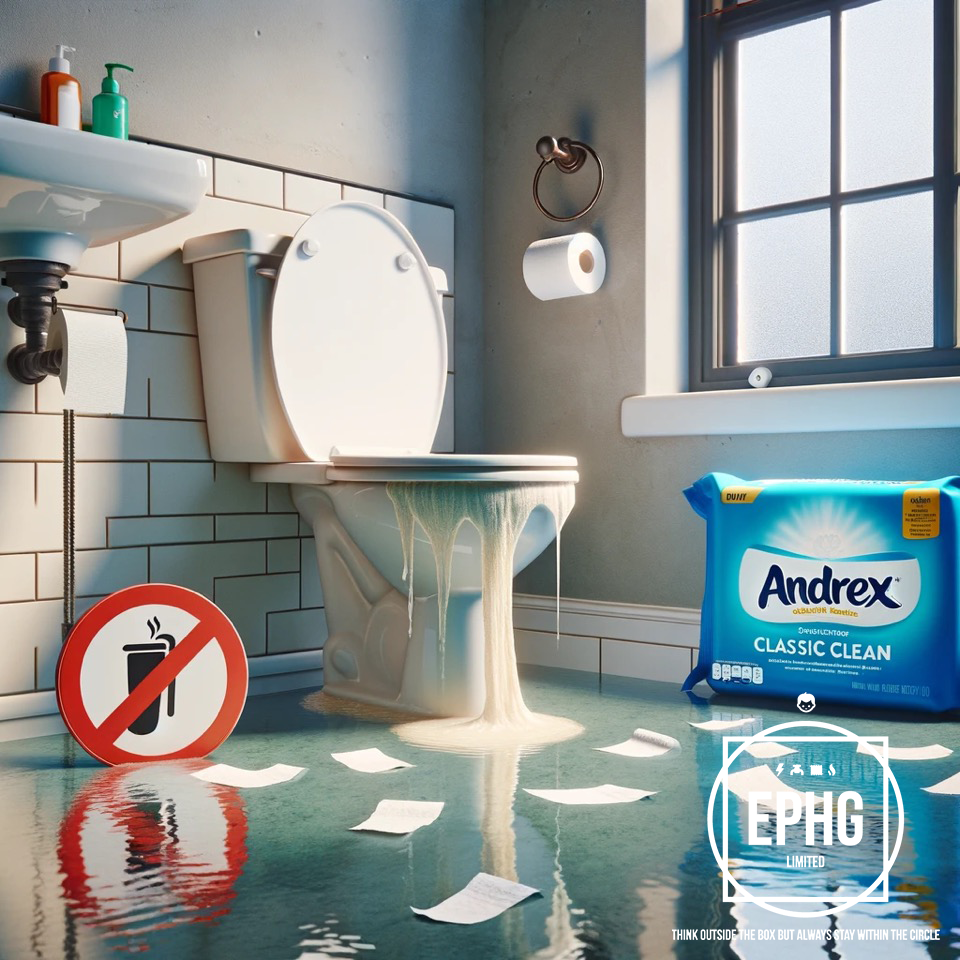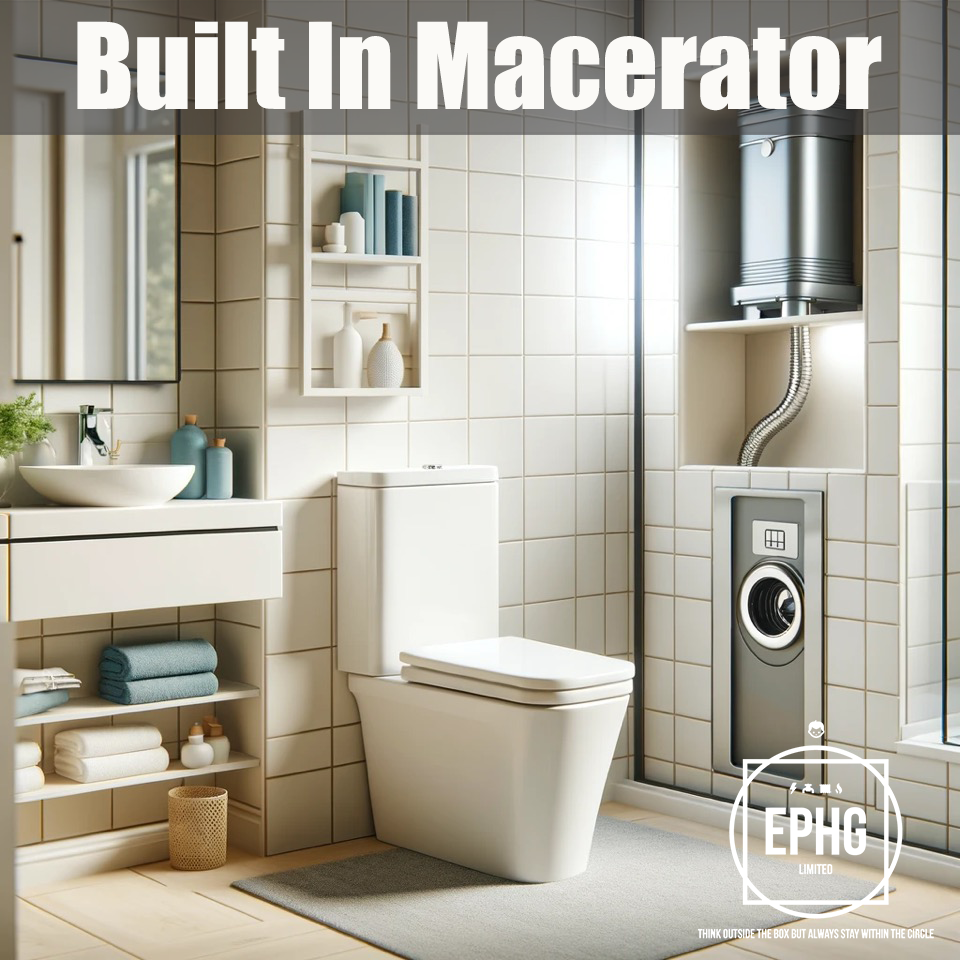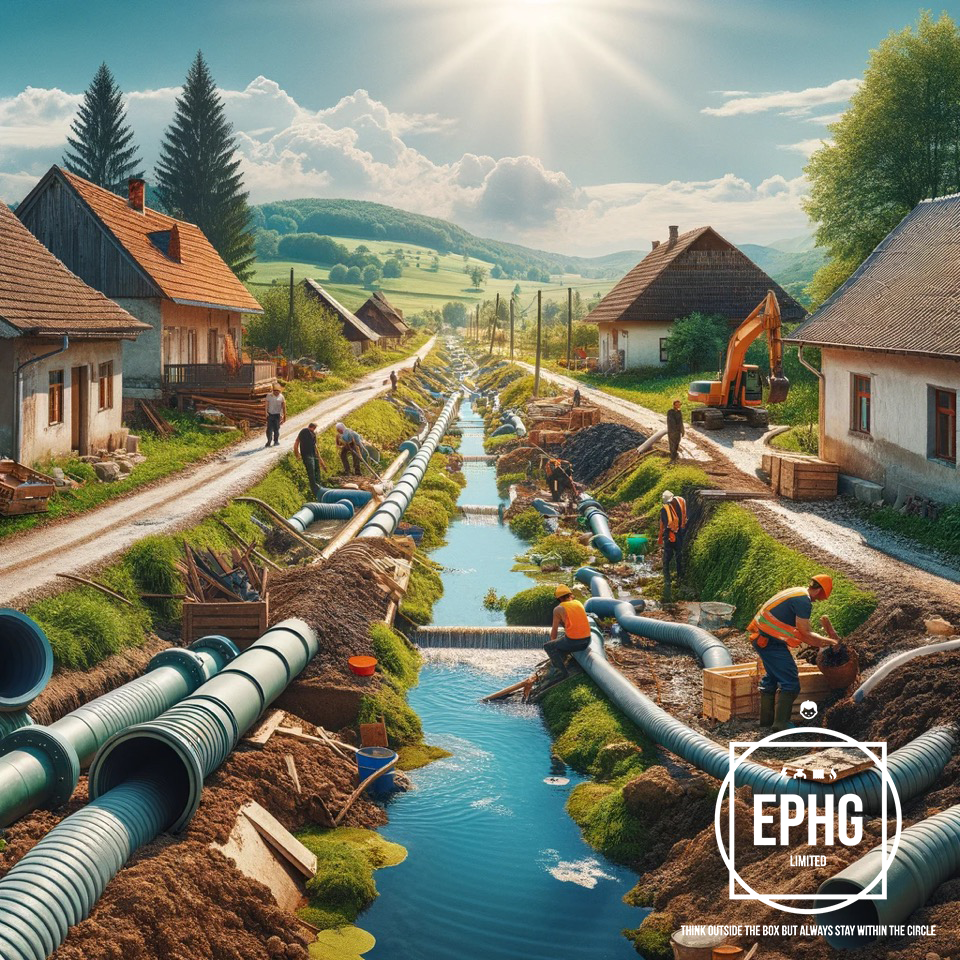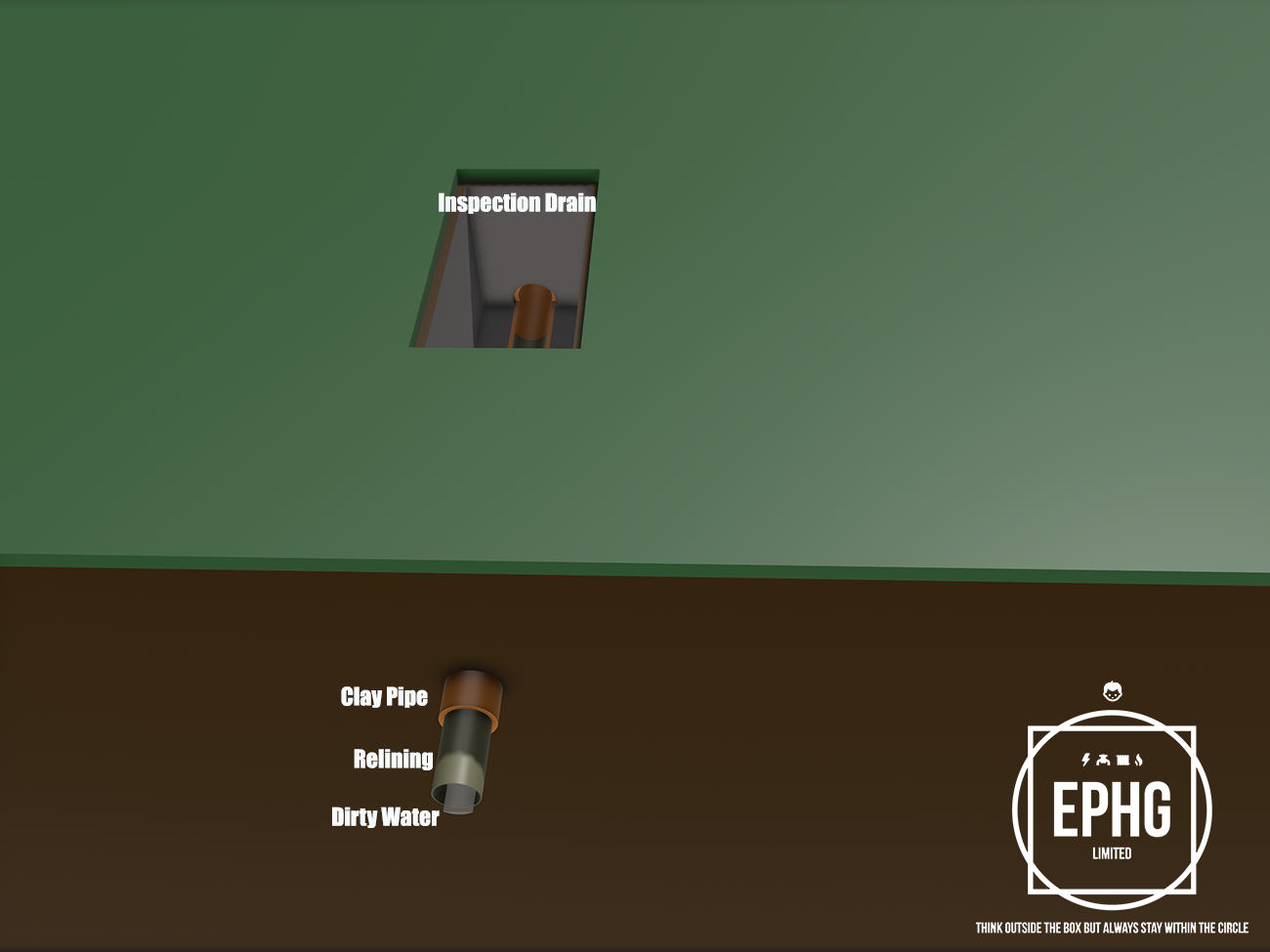

Comprehensive Guide to Drain Relining Services: Navigating Tree Root Intrusions
In the intricate labyrinth of home maintenance, the integrity of your drainage system plays a pivotal role in ensuring a clean, safe, and well-functioning environment. However, natural adversaries such as tree roots can compromise this system, leading to a host of problems. This is where drain relining services come into play, offering a trenchless solution to mend damaged pipes. Understanding how relining works, along with its pros and cons, is essential for any homeowner facing such dilemmas.
Understanding Drain Relining: A Modern Solution
Drain relining, often referred to as cured-in-place pipe lining (CIPP), is a method of repairing damaged sewer lines without the need for extensive excavation. This technique involves inserting a resin-saturated felt tube into the existing pipe, which is then inflated and cured to form a "pipe within a pipe." This new inner lining is seamless and durable, effectively sealing off any cracks, holes, or intrusions, including those caused by invasive tree roots.
How Does Relining Work?
The process typically unfolds in several stages:
- Inspection: An emergency drainage engineer employs CCTV drainage camera technology to assess the damage and determine the suitability of relining.
- Cleaning: The existing pipe is thoroughly cleaned to remove debris, roots, and blockages, creating a smooth surface for the lining.
- Installation: The resin-filled liner is inserted and inflated to adhere snugly to the pipe's interior.
- Curing: Depending on the method, the resin is cured using ambient temperatures, hot water, or UV light, hardening the liner.
- Final Inspection: A final CCTV survey ensures the liner has set correctly and restored the pipe's integrity.
The Advantages of Drain Relining
- Minimal Disruption: Unlike traditional repair methods, relining requires no digging, preserving your garden and property.
- Cost-Effectiveness: With less labor and time required compared to excavation, relining can be a more affordable solution.
- Durability: The new lining is resistant to corrosion, cracks, and tree root invasions, extending the lifespan of your pipes.
- Efficiency: The process can usually be completed within a day, swiftly restoring normal drainage functions.
The Drawbacks to Consider
- Not a Universal Fix: Severely collapsed pipes may not be suitable for relining and might require replacement instead.
- Initial Cost: While cheaper in the long run, the upfront cost of relining can be higher than some traditional methods, depending on the damage's extent.
- Accessibility Issues: Certain configurations or locations of pipes may hinder the relining process.
The Role of Emergency Drainage Engineers
When tree roots wreak havoc on your drainage system, an emergency drainage engineer becomes your first line of defense. These professionals not only assess the extent of the damage but also determine the most effective repair strategy, whether it's relining or alternative solutions. Their expertise ensures that the chosen method addresses the root cause of the problem, preventing future occurrences.
Conclusion
Tree roots in drains can pose significant challenges, but with advancements like drain relining, these issues can be addressed efficiently and effectively. While weighing the pros and cons, it's essential to consult with a qualified emergency drainage engineer who can provide a tailored solution based on your unique situation. Remember, proactive measures and timely intervention are key to maintaining a clear and efficient drainage system, safeguarding your home from the unseen threats lurking below.
